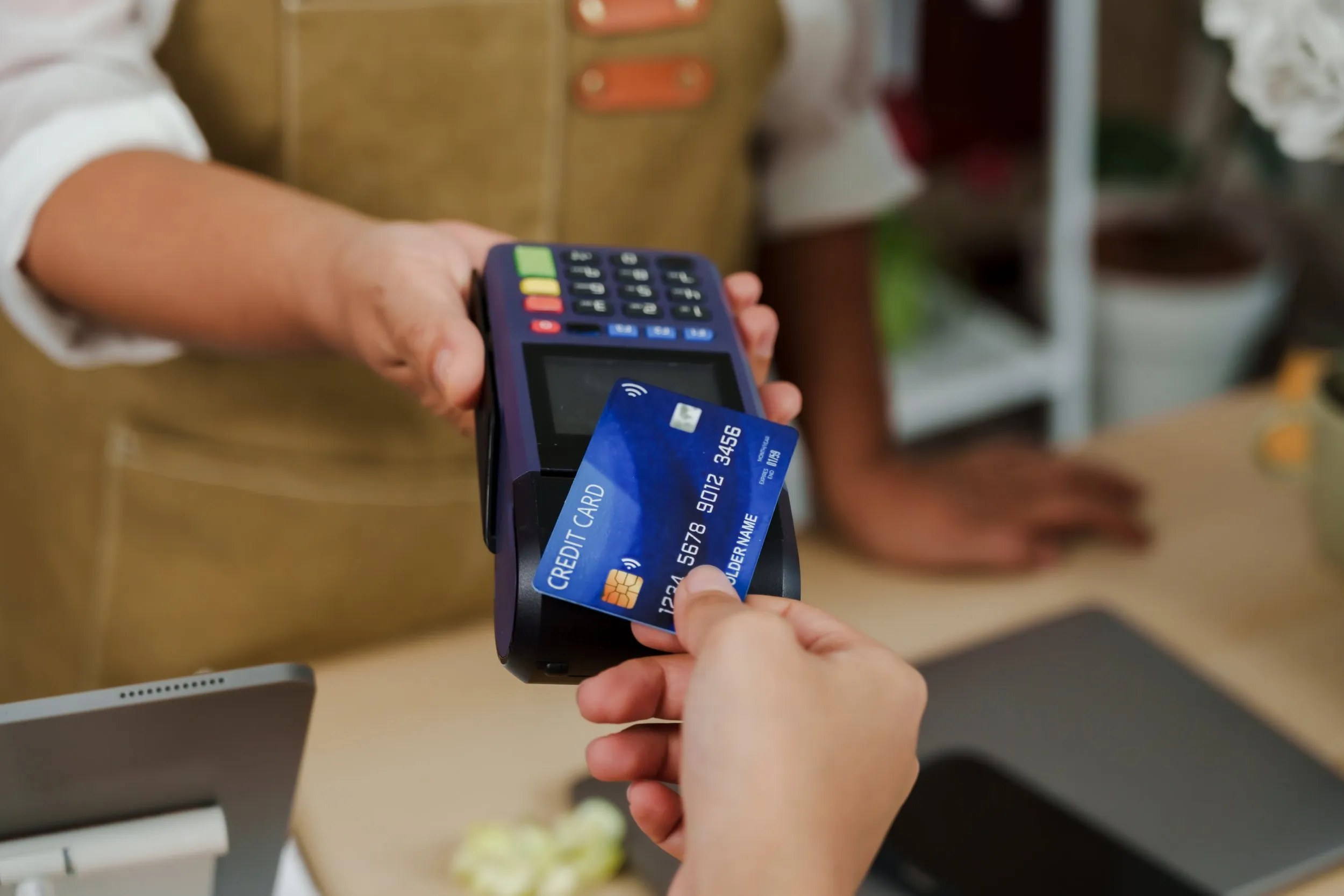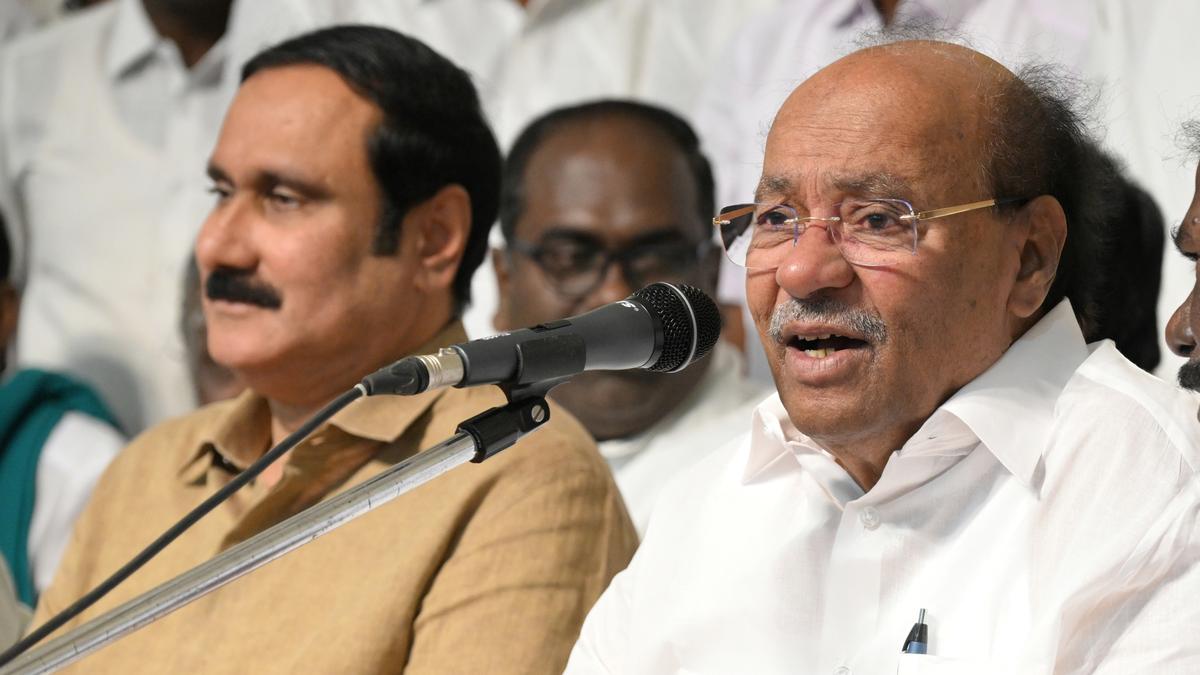By Jen Mills
Copyright metro

Remembering your PIN could get even more difficult (Picture: Getty)
You could soon be tapping to pay for things even more than £100, under proposals set out by the Financial Conduct Authority.
We can’t promise you’ll have that much in your bank account if you do so, but the tech to pay contactless will be there.
The regulator said it wants to give card providers the flexibility to decide the right limit for them and their customers, and it could become unlimited.
It would bring physical cards in line with digital wallets like Apple Pay and Google Pay, which don’t have a limit.
In fact, many of us are so used to using our phones to pay that we didn’t even realise there was a limit of £100 – but there is.
This is because would be easier to nick a physical card and pay with it, as there is no lock screen for them or facial authentication.
So when chip and pin was first introduced in 2007, the most you could pay contactless was only £10.
The amount has been raised in steps over the years, moving up to £15 in 2010, £20 in 2012, and £30 in 2015.
Paying by phone, watch, or even ring has become more commonplace (Picture: Getty)
It was only during the Covid pandemic that there was a sharp jump to paying for more substantial amounts, going up to £45 in 2020 and then the current limit of £100 in 2021.
If the limit is raised, you might only need to remember your PIN for withdrawing cash from an ATM. Even some online banking transactions now allow you to authenticate using biometrics or app-based verification instead.
Many card providers already offer customers the ability to adjust their personal contactless limits or turn off contactless functionality on their card altogether, so if the idea of big contactless payments worries you, you don’t have to allow it.
The proposals are out for consultation until October 15 2025.
They could also apply to other methods of payment, such as smartrings or cashcuffs, which allow people to pay with contactless methods.
David Geale, executive director of payments and digital finance at the FCA, said: ‘We‘re seeing smarter payment technology and more well-established fraud controls, so it’s the right time to let firms tailor contactless payments to fit their customers’ needs and drive innovation.
‘While we wouldn’t expect to see immediate changes to limits by firms, they would have the flexibility to make payments more convenient for customers.
‘People are still protected; even with contactless, firms will refund your money if your card is used fraudulently.’
Is contactless fraud a big problem?
No: UK Finance’s Annual Fraud Report 2025 estimates that contactless fraud rates are currently low, at around 1.3p per £100 spent on contactless transactions compared with 6p per £100 for all unauthorised fraud.
But there are concerns that physical cards could become more of a target if spending limits were widely lifted.
Banks would still apply their own fraud protections, such as analysing if a payment apears out of character, or limiting the number of consecutive contactless payments which can be made.
Customers have the same protections for contactless transcations as for other card payments, meaning banks and payment firms must reimburse them if a card has been lost or stolen.
Even if the limit is lifted, it doesn’t necessarily mean you’ll see changes immediately.
Based on a previous survey of what people thought, the regulator said they anticipate most firms would keep the £100 limit in place for the time being.
Get in touch with our news team by emailing us at webnews@metro.co.uk.
For more stories like this, check our news page.



